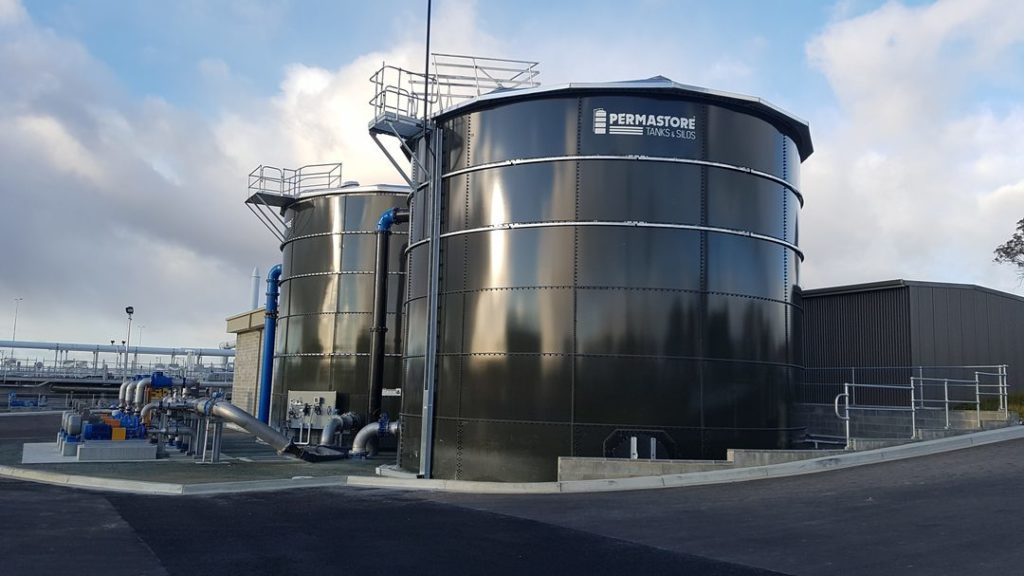Climate change poses a significant threat to our water security, with droughts likely to be experienced more often. The importance of reliable water tanks cannot be overstated.
The question of how to reliably store water is an age-old one. Whether in reservoirs for fire-fighting, or storage containers for potable and raw water?
Whether to provide a complete water supply or to supplement an existing one? The central question remains: What material should be used to ensure a long-term, sustainable water supply?
ADVANTAGES OF USING CONCRETE TANKS
Concrete or cast-in-situ tanks have been proven for more than 100 years to keep water cool and free from algae and disease. They offer a range of uses and can be placed underground, providing stable water temperatures and naturally reducing rainwater acidity.
DISADVANTAGES OF CONCRETE TANKS
Installation:
Concrete tanks of more than 20,000L (a relatively small tank) must be built on-site, where heavy machinery is required. Concrete tanks must be supplied to the site or mixed there. Poor site access can impede construction, which is also weather dependent.
There are safety concerns: installation of the tank roof requires a great deal of work at heights; one of New Zealand’s major risks in the construction industry. Site costs, transport of materials, labour and accommodation for workers all add up to expensive construction costs, project delays, and negative impacts on the environment.
Maintenance:
Concrete is not flexible, and is subject to expansion and contraction, and cracking – caused by changing temperatures or seismic activity. Concrete tanks can be damaged by vibration from nearby traffic or ground movement. They have a tendency to crack, allowing water to gain access to the steel reinforcement.
Disposal:
Concrete is non-recyclable. This is due to variation in concrete quality, which causes uncertainty in the strength of recycled concrete structures.
ADVANTAGES OF STEEL PANEL LINER TANKS
Installation:
Steel panel tanks pack down to manageable sizes, making transport easy. Tanks can be constructed in a circular shape, with endless configurations to suit site needs. Assembly is quick and easy with the jacking system, which allows installation to build upwards. This makes it a viable system for remote sites or small spaces where the storage container is required inside.
Maintenance:
These tanks require minimal maintenance for long-lasting service. They are constructed from steel panel, coated in high strength coatings, to ensure maximum life expectancy.
Disposal:
Steel is 100% recyclable.


The steel panel tank is engineered and manufactured for ease of transport, delivery and assembly. For this reason, the steel panel tank is a firm favourite in rural communities.
For more information on our water storage tanks or liquid storage tanks please contact us today.


